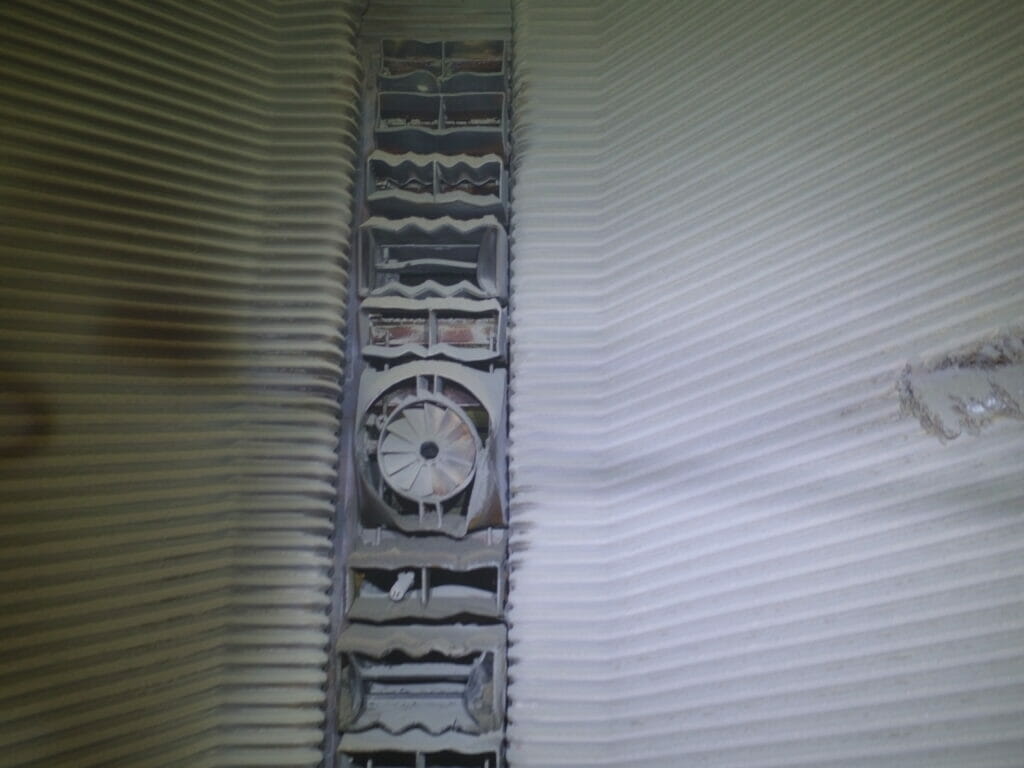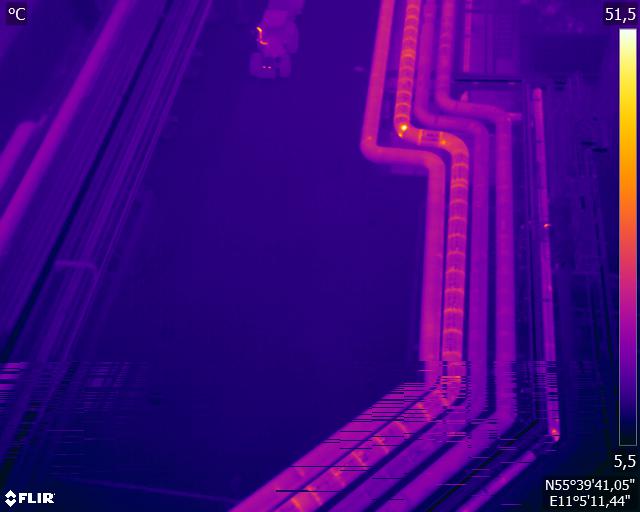Drone inspection
We can do anything - and never say no!
- Safety on site
- Adapted to all needs
- Total solutions
- Facilitates your work
We do drone inspections of everything from hard-to-reach valves to large areas of land. We recommend a drone inspection to identify the condition of buildings and structures. Since we can detect both small and large irregularities via a drone inspection, this means that work can be planned according to the actual needs.
Overflight of larger areas
A drone inspection of major nature areas creates an overview of where you can work and how the area should be re-established after the work. For example, during excavation work, when cables and pipes are to be buried in the ground, we fly over the area before the work to give you an overview.
If you need to document the re-establishment of a nature area, we can also fly over it after the end of the work so that the footage can be compared.
Contact us
Main number: 63 10 52 70
Steevan Petersen
ssp@persolit.dk
tel: 20 42 78 91
Danni Siem
ds@persolit.dk
tel: 51 64 84 78
Jesper Tornvig-Korup
jtk@persolit.dk
tel: 40 15 01 06
John Duus
jd@persolit.dk
tel: 24 90 13 12

Drone inspection of boilers and tanks
Indoor drone inspection lets you inspect hard-to-reach places in a production area, power plant or another major facility. The advantage of the drone is that it can reach both high up and deep inside constructions, boilers and tanks.
Routine inspections of boilers and tanks can often be done with a drone so you don’t have to set up scaffolding and spend man hours reviewing areas. With a drone inspection, you can see which parts need maintenance and how much time and material you’ll need to set aside for the job. Tanks typically need to be inspected every five years to ensure that the coating is clean and intact, while boiler inspections typically need to be conducted every year.
Inspection of buildings
We carry out both facade inspection and interior drone inspection of buildings and building parts such as chimneys or conveyor belts. The inspection is part of the maintenance plan and ensures that the buildings are in good condition and do not have minor defects. For example, outdoors on chimneys, small areas of damage such as cracks, peeling paint or damaged cladding can quickly develop into major problems. Therefore, we look for damage which, in the long run, could cause water to penetrate into the construction and lead to rust or frost damage. We also inspect joints and screws on facade constructions with facade panels. And on conveyor belts, we typically look for damage to the construction and cladding or leaks and cracks that require maintenance.
Finally, we also use thermal cameras to inspect buildings and piping systems to identify thermal bridges. The thermal camera works in such a way that the co-ordinates are embedded in the image so you can quickly find the thermal bridge in the system and make the necessary repairs. We take regular photos and thermal photos so you can see the exact location of the thermal bridge.



